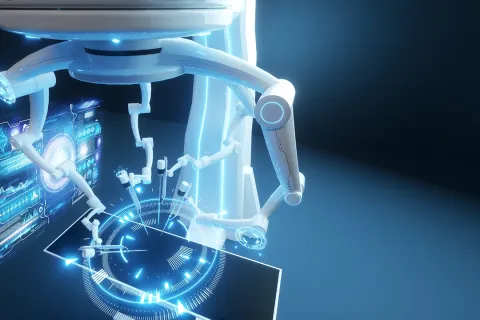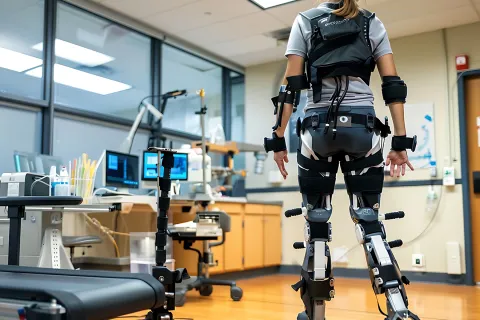
Software as a Medical Device (SaMD) is a burgeoning field that offers innovative solutions to enhance patient care and reduce healthcare costs. The International Medical Device Regulators Forum (IMDRF) describes SaMD as a software tool intended for use in one or more medical purposes, and which meet these purposes without being part of a hardware medical device. SaMD includes both medical devices as well as in-vitro medical devices. The USFDA has implemented SaMD regulations to ensure that the devices meet the same safety and efficacy standards as traditional medical devices. This blog will delve deeper into SaMD classification and regulations and their importance in promoting innovation while also ensuring patient safety.
Is Your Software SaMD?
You must ask (02) questions to determine whether your software qualifies as SaMD:
- Does My Software Act as a Medical Device? According to the
USFDA regulations, for a software to be considered as SaMD, it must meet one of the following two (02) criteria:- It must be intended for use in diagnosing or treating a patient; or
- It must be intended to affect the structure or any function of the body.
- Can the Software Work Independently from Other Devices? SaMD can take data from other devices; but if the software supports a medical device and that medical device does not work without the software, it is considered Software in a Medical Device (SiMD), not SaMD.
- Example of a Software that is SaMD: A mobile application that monitors patients’ glucose levels and makes treatment recommendations is SaMD.
- Example of a Software that is SiMD: A software that allows patients to control their insulin pump based on glucose readings is SiMD.
Classification of SaMD as Per the USFDA
The USFDA classifies SaMD using the same risk-based classification system as it does for traditional medical devices. SaMD can be categorized into Class I, Class II, or Class III, based on two (02) key factors:
- The level of risk it poses to patients.
- The level of control necessary to ensure its safety and efficacy.
See Table 1 below to get an overview of SaMD classification under USFDA guidelines.
Table 1: SaMD Classification
| Class | Risk | Level of Regulatory Control | Example |
| Class I | Low | General Controls | A software application that helps patients track their blood sugar levels. |
| Class II | Medium | General Controls and Special Controls 510(k) | Picture Archiving and Communication Systems (PACS) used for storing and managing images. |
| Class III | High | General Controls and Pre-Market Approval (PMA) | Software used for monitoring or controlling critical patient parameters, such as infusion pumps or implantable devices. |
How to Determine the Submission Type?
The submission type required for the clearance of SaMD is determined by the class of the device.
In case of Class I and Class II devices, if not exempted from general controls, 510(k) submission is required for releasing the device into the market. If the device is classified as exempt, it will be subject to the relevant limitations on exemptions covered under 21 Code of Federal Regulations (CFR) Parts 862-892.
In case of Class III devices, a PMA submission is required for clearance. It is important to note that PMA is also required to prove substantial equivalence in case of devices whose predicate device is not available on the market.
Conclusion
To sum up, understanding SaMD classification and submission as per the USFDA is essential for manufacturers. SaMDs are subject to risk-based classification (Class I, II, and III), and thus, accurate risk determination is the key to estimating appropriate submission types (510[k], PMA). Compliance with the classification and submission regulations ensures patient safety and the device’s efficacy. By following these regulations, SaMD manufacturers can promote innovation and help advance healthcare technology.
Consult our Regulatory experts to know more about our SaMD registration services and unlock the full potential of your SaMD. Stay informed! Stay compliant!









